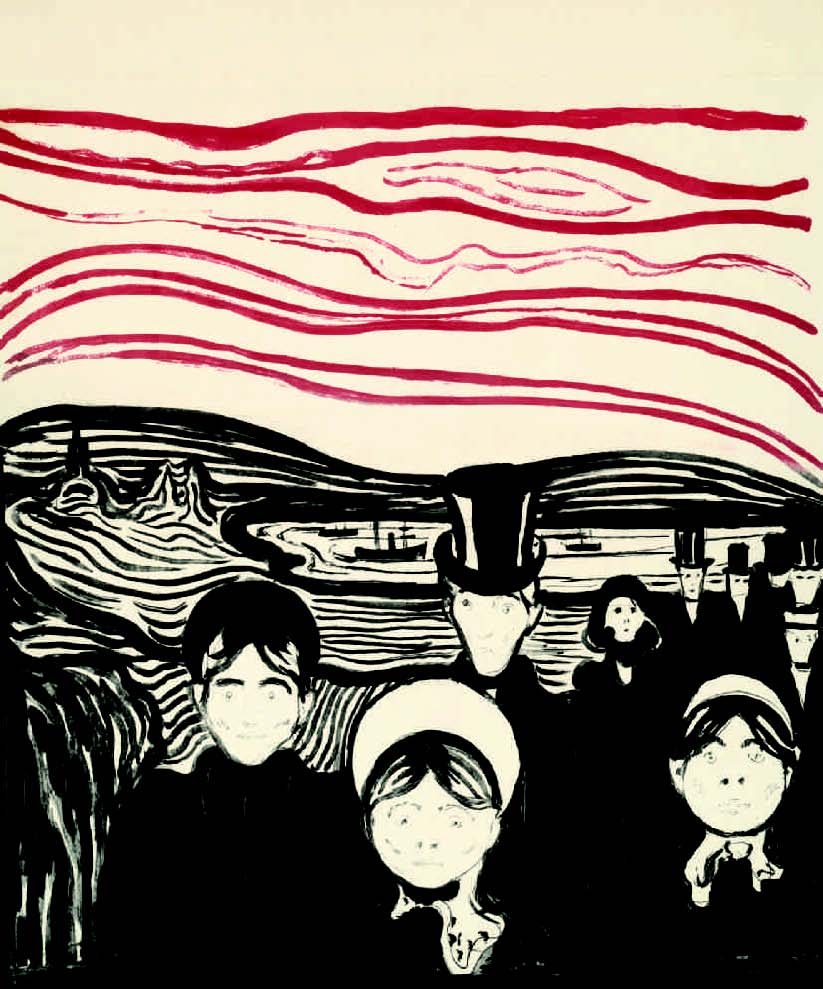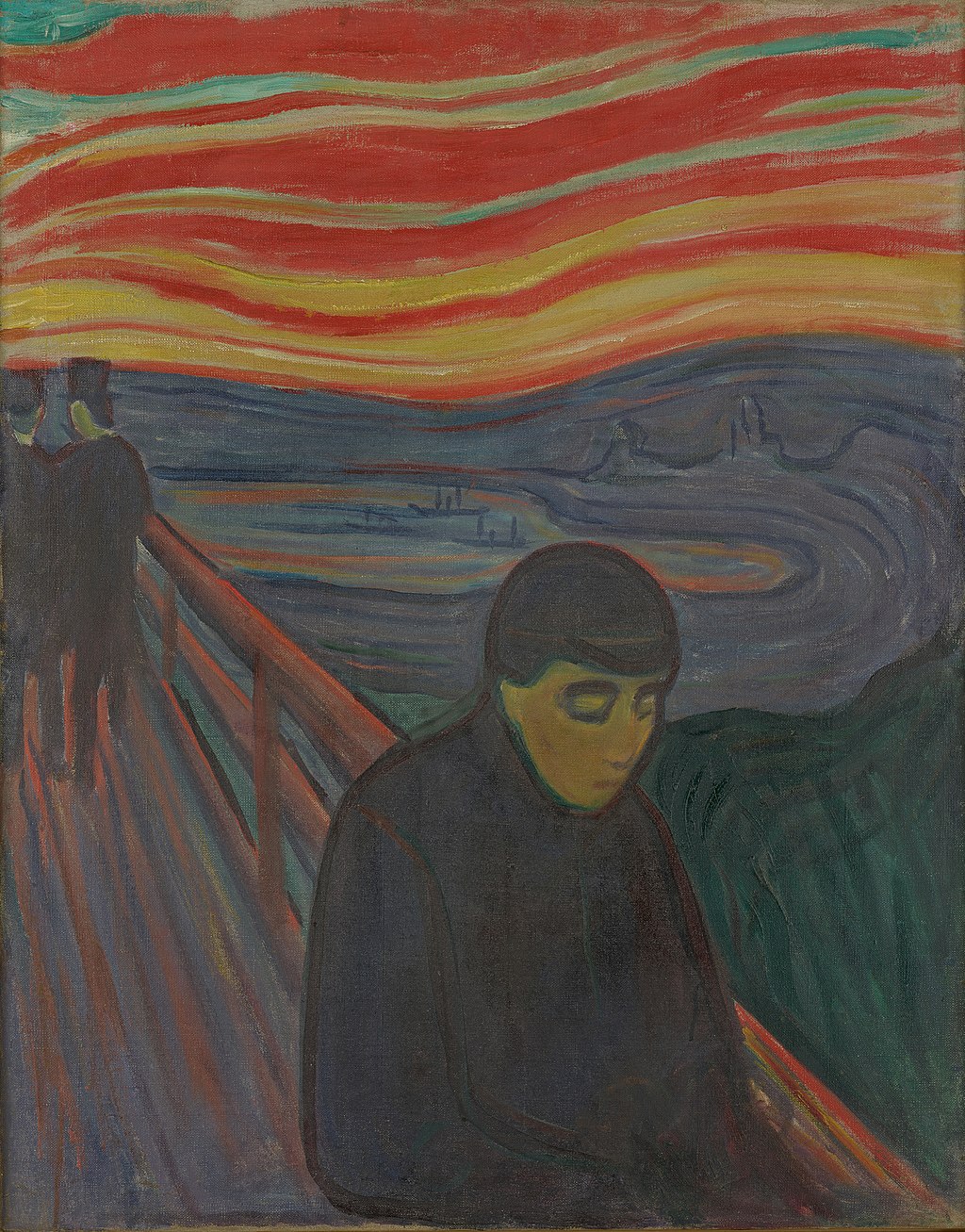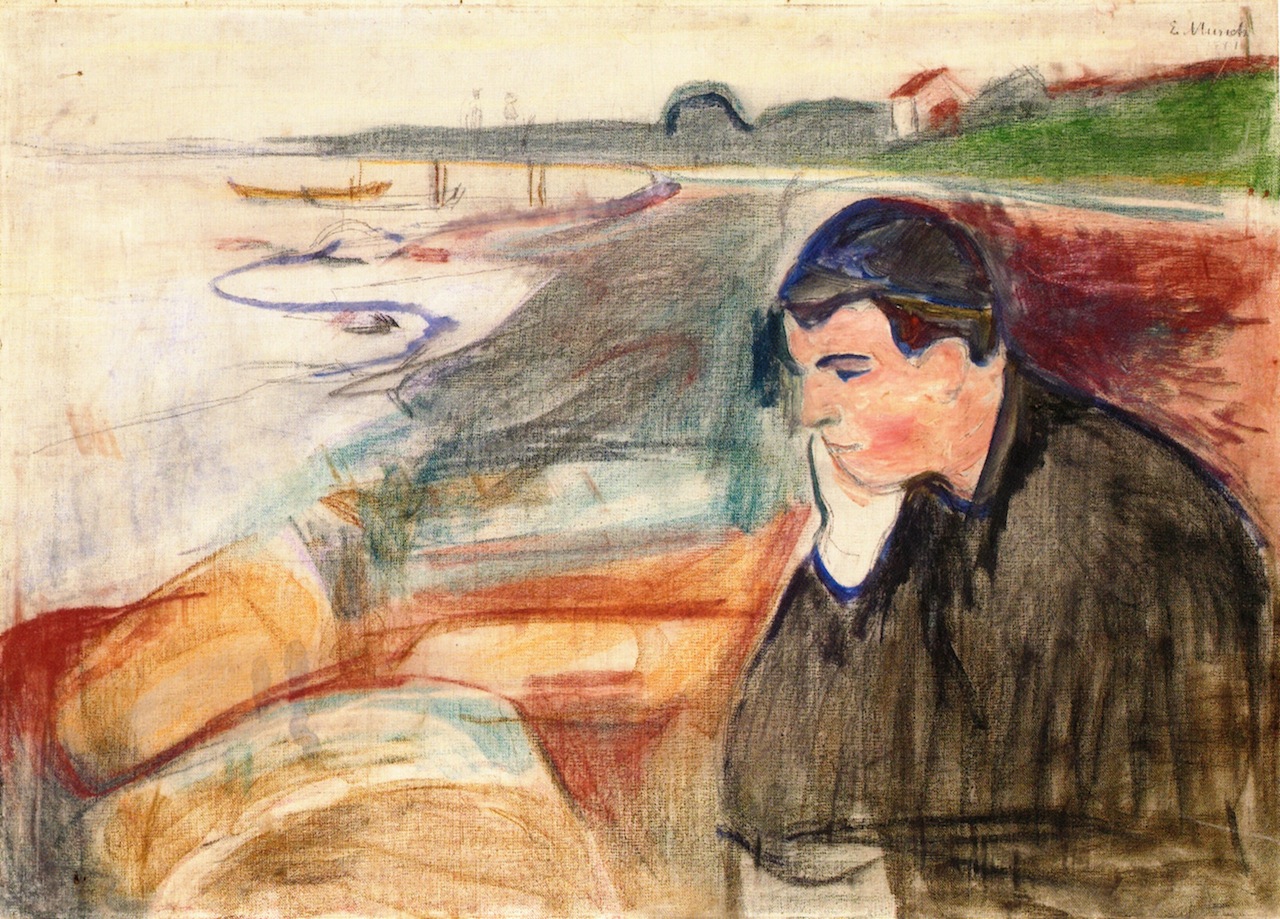Edvard Munch

Edvard Munch was born in 1863 in Løten, Norway, and from an early age, grief became his muse. His mother and sister died of tuberculosis, and his father’s devout beliefs convinced young Munch that these losses were punishments from God. That cocktail of trauma, religion, and death haunted his art for life.

Munch’s most famous work, The Scream, wasn’t just a painting—it was an emotional blueprint. He described the moment of inspiration as a literal panic attack while walking at sunset, where 'the sky turned blood red.' That scream, he said, was not from the figure—but from nature itself.

Across paintings, prints, and etchings, Munch developed a raw, expressive style that visualized inner turmoil. He blurred the lines between outer reality and internal suffering. His colors screamed. His figures wilted. His themes of love, loss, and isolation weren’t just symbols—they were symptoms.

Despite mental health struggles and a breakdown in 1908, Munch lived to 80 and never stopped creating. He left behind over a thousand paintings and a visual language that still echoes through modern art. His legacy? Turning private agony into public truth—and proving art doesn’t have to be pretty to be powerful.

?
What emotions do Munch’s artworks evoke in you?
Why do you think The Scream became such an enduring symbol of modern fear?
How did Munch’s early experiences with loss shape his lifelong themes?
In what ways did Munch’s style break away from traditional realism?
What techniques did Munch use to communicate psychological states?
How did Munch’s work influence later movements like German Expressionism and Surrealism?
Dig Deeper
A thoughtful journey through Munch’s life, artistic evolution, and the deeper meanings of his work.
An accessible breakdown of what makes The Scream a masterpiece of modern emotional expression.
Discover more

Vincent van Gogh
Van Gogh taught the world that art doesn’t have to be perfect to be powerful. He painted with emotion, lived with passion, and used color like a language all its own. His story reminds us that even when the world doesn’t see your worth right away, your vision can still change it forever.

Roy Lichtenstein
Lichtenstein reminds us that art can be both critical and playful. He dared to ask: what makes something 'art'? A museum wall, a famous name, or the act of seeing itself? By remixing the icons of culture—high and low—he taught us that imitation isn't always the opposite of originality. Sometimes, it's the beginning of deeper meaning.

Henri Matisse
Matisse showed us that creativity is about more than talent, it’s about courage. He wasn’t afraid to color outside the lines, break the rules, and start over when life demanded it. His art invites us to see the world as a place of bold beauty, deep feeling, and endless possibility.
Further Reading
Stay curious!